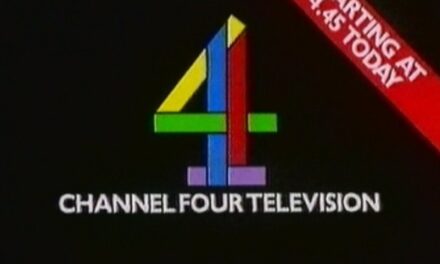UPDATED Deadline for submission of abstracts: July 31, 2020
A decade ago, Beth Coleman and Wendy Hui Kyong Chun introduced the concept of race and/as technology.* Turning to Heidegger’s notion of techne as prosthesis or skill, Coleman and Chun imagine race itself as a technology that can be leveraged, a tool for navigating systems of power. This distances race from its mythological status as biological fact, creating a critical framework that returns historical agency to the individual and helps us understand how race and ethnicity function in the visual–and technological–world.
Recently, the concept has received renewed attention as the intersections between race and ethnicity and the technological have come to the fore in popular discourse, raised by issues ranging from representation in film to bias in facial recognition. Critical work by scholars such as Simone Browne and Lisa Nakamura and the Precarity Lab has also continued to interrogate the technicity of race and its relationship to other technologies, both historical and contemporary. Artistic research and practice on the subject, however, has often been either neglected or instrumentalized as illustrative of a larger debate.
This special issue of Media-N responds to the urgent need to examine the state of dialogue on race and/as technology in art practice, history, and criticism. It will feature a ten years on reflection on the concept by Beth Coleman, opening discussion onto the way this framework has shaped, and has been shaped by, art of the past and present.
We seek contributions that explore how art sheds light not only on the relationship between race, ethnicity, and the technological, but on race itself as, in the words of Coleman, “a disruptive technology that changes the terms of engagement with an all-too-familiar system of representation and power” (178). Issues to consider include, but are certainly not limited to:
- The impact of the race and/as technology hermeneutic on artistic research and practice of the past decade.
- The influence of visual technologies and aesthetic practice on discourses surrounding sociohistorical concepts like blackness and brownness.
- The imaging of historical and/or contemporary flows of migration and diaspora.
- International communication media and tensions between the global/local.
- The use of visual technologies to negotiate power between citizens and the state.
- Light and color bias in the material/processes/procedures of photography, film, and digital media.
- Bias and violence in both the inputs and outputs of artificial intelligence and machine learning.
- Anxieties about race and visual truth sparked by technologies ranging from DNA testing to deepfakes.
- Ethnicity and surveillance capitalism after 9/11-
- -and/or the long tail of surveillance capitalism inaugurated under trans-Atlantic slavery and European colonialism.
Submissions addressing artistic practices from any time period or region are welcomed from scholars, critics, artists, designers, scientists, media-makers, and interdisciplinary researchers from across the humanities and sciences.
*See Beth Coleman, “Race as Technology,” Camera Obscura: Feminism, Culture, and Media Studies 24, no. 1 (70) (May 1, 2009): 176-207; and Wendy Hui Kyong Chun, “Race and/as Technology, or How to Do Things to Race,” in Race After the Internet, eds. Lisa Nakamura, Peter Chow-White, and Alondra Nelson (New York: Routledge, 2012), 38-60.
=====
Media-N, Journal of the New Media Caucus (ISSN: 1942-017X) is a scholarly, invitational, and double blind peer-reviewed journal. The journal provides a forum for scholarly research, artworks and projects, and is open to submissions in the form of papers, reports, and reviews of exhibitions and books on new media art. Media-N is an English language journal, and all submissions must be received in English adhering to the standards set by the 17th edition of the Chicago Manual of Style.
TIMELINE:
July 31, 2020: UPDATED Deadline for submission of abstracts.
August 1, 2020: Notification of accepted proposals and invitation to submit paper.
December 15, 2020: Projected deadline for submission of final papers.
ABSTRACT GUIDELINES:
Please send your proposal by email with the following information combined into a single document:
-Proposal title, and a 300-500 word abstract, plus 1-2 images if desired.
-Please include your name, email, and title/affiliation on abstract.
-A condensed CV (no longer than 3 pages).
NOTE: Materials should be submitted in English, as a Word document or PDF.
File should not exceed 5MB.
SEND INQUIRIES & SUBMISSIONS TO:
Megan Driscoll, Special Issue Guest Editor: md@megandriscoll.net
Johanna Gosse, Executive Editor: johannagosse@gmail.com




